- 21 of the institute’s researchers presented a fascinating look into their ongoing work in fields related to metals research, with additive manufacturing and biomedical applications prominent.
- The Winter Metals Meeting showcases researchers from almost all of IMDEA Materials’ 17 research groups, contributing to discussions on materials innovation and sustainable manufacturing.
IMDEA Materials has celebrated its annual Winter Metals Meeting (WMM) with the institute’s researchers presenting a range of topics related to additive and sustainable manufacturing, heat treatment optimisation, biomedical applications and more.
In total, 21 researchers took to the stage to provide an insight into their latest research. For many of their colleagues, this was a rare opportunity to share in the breadth and diversity of research being conducted across the institute’s 17 research groups.
“Sometimes, in an Institute as big as IMDEA, you don’t even know what some of your colleagues are doing, even if their work is related to your research. So that is a great opportunity to share thoughts and give each other feedback,” explained Saumya Sadanand, one of the participating speakers.
“This is actually my third time presenting at the Winter Metals Meet as I also participated in 2023 and 2024, and I have seen that every year, interest in it is only growing,” she added. “I think you also see how we as researchers are growing each year, also”.
Sadanand is a member of IMDEA Materials’ Sustainable Metallurgy research group, led by Dr. Teresa Pérez-Prado, where she is working on the AM2SoftMag project alongside colleague and fellow presenter Marcos Rodriguez.
“Marcos Rodriguez and I were both presenting on our research related to the AM2SoftMag project, which aims to make 3D printing the standard for producing high-performance amorphous soft-magnetic components,” she said.
“Marcos was presenting his work on crystallisation upon heating and cooling during the additive manufacturing process of these glass-forming alloys, and I was discussing my recent work on the microstructural evolution of a nanocrystalline bulk metallic glass composition upon fabrication by LPBF.”
A number of other regional and European projects were also highlighted during proceedings, including the IMDEA Materials coordinated AID4GREENEST, with researcher Paula Chonillo showcasing her work on the mechanical properties of a heat-resistant steel at microscale.
This year’s WMM was divided into four sessions: Biomaterials, Highly alloyed metallic materials, Mechanical properties and plastic deformation, and Advanced processes and performance of materials.
The morning’s sessions included talks from Dr. Muzi Li and Guillermo Domínguez on In-situ degradation-controlled smart 4D actuator designs and the corrosion behaviour of WE43 and Zn1Mg biomedical alloys respectively as part of their work on the European BIOMET4D project, also coordinated by IMDEA Materials.
You can see a photo gallery from the event at our Flickr account here: https://www.flickr.com/photos/196067669@N07/albums/72177720323951549
The Biomaterials focused section of the day also featured Dr. Jesús Ordoño and Oscar Contreras on 3D-printed NiTi alloys, Yidi Li on Zn/Mg multi-materials and Daniel Martin, who presented on the biocompatibility of high entropy alloys.
The late morning session on highly alloyed metallic materials featured presentations on innovative processing and characterisation techniques and featured Dr. Juan Alberto Meza, Biaobiao Yang, Ignacio Escobar, Sama Safarloo and Hari Narayanan. Closing the session, Andrea Alonso addressed the recyclability of powders in metal additive manufacturing.
The afternoon sessions covered mechanical properties, plastic deformation, and advanced processing techniques. Presenters included Alireza Rezaei and Gabriel Zarzoso who analysed plastic deformation and fatigue life estimation in Zn and aluminum alloys, respectively. Pietro Martelli investigated the mechanical performance of low-carbon and heat-resistant steels, while Yi Yang explored slip transfer criteria in Ni alloys.
The day concluded with Jorge Redondo presenting on modulating electrocatalytic activity for hydrogen production and Nafiseh Mollaei exploring 3D printing of Zn alloys.
“IMDEA Materials’ traditional Winter Metals Meeting is an excellent platform for young researchers to present and discuss their results, exchange ideas and engage in scientific discussions with experts in the field,” said Dr. Ilchat Sabirov, who organises the annual WMM event alongside fellow Senior Researcher, Prof. Javier Segurado.
“This meeting plays an important role in shaping metals research at the institute by fostering collaboration,” he added.
